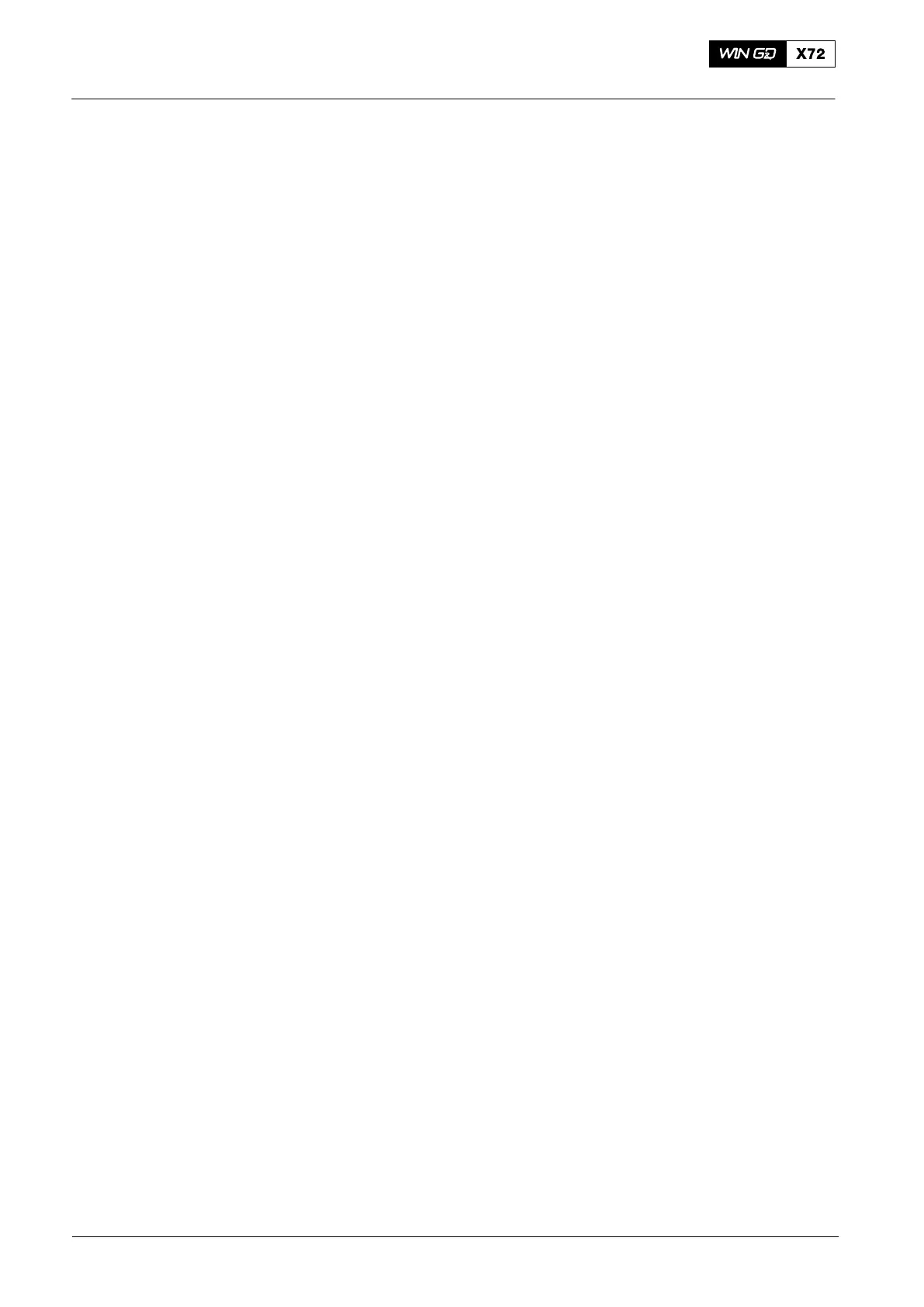Operation0750−1/A1
Winterthur Gas & Diesel Ltd.
8/ 18
3. Cylinder Lubricating Oil
A high-alkaline cylinder lubricating oil of the SAE 50 viscosity grade that has a
minimum kinematic viscosity of 18.5 cSt at 100_C is recommended. But, cylinder
lubricating oils of the viscosity grades SAE 40 and SAE 60 can be used in some
conditions. The Base Number (BN) measured in mg KOH/g in accordance with the
method ASTM D 2896 shows the alkalinity of the oil.
To set the correct alkalinity of the cylinder lubricating oil, use an on-board programme
to monitor the piston underside (PU) drain oil. The residual base number (BN) of the
piston underside drain oil shows if the setting values for the cylinder lubrication are
correct. The BN of the cylinder lubricating oils is not an index for detergency, but a
direct measure of alkalinity. The alkalinity of the cylinder lubricating oil must be set in
relation to the sulphur content of the fuel, engine operation condition and cylinder
lubricating oil feed rate. The higher the sulphur content, the higher the BN of the
cylinder lubricating oil must be. For a list of applicable cylinder lubricating oils, see
paragraph 8.2 Cylinder Lubricating Oils.
When the analysis of the piston underside drain oil shows that the engine operates in
the safe area shown in Fig. 1, you can adjust the feed rate and alkalinity of the
cylinder lubricating oil. The permitted maximum feed rate is 1.2 g/kWh (see
7218−1 Cylinder Lubrication and 7218−3 Feed Rate − Adjustment). If the analysis of
the piston underside drain oil shows that an adjustment to a higher feed rate than
1.2 g/kWh is necessary, you must change to a higher BN cylinder lubricating oil.
Note: If you use fuel with a sulphur content in the range of between 0.1% m/m
and 0.5% m/m and a cylinder lubricating oil with BN15 or BN25, the
maximum permitted feed rate can be more than 1.2 g/kWh.
3.1 Oil Samples − Piston Underside Drain or Scrape-down
Wärtsilä Services Switzerland Ltd recommends to get piston underside drain oil
samples (scrape-down oil) at regular intervals from each cylinder and to make an
analysis to monitor the engine condition.
These analyses are used to make an estimate of the cylinder liner and piston ring
wear and to set the applicable alkalinity and feed rate of the cylinder lubricating oil.
The data given in paragraph 3.2, 7218−1 Cylinder Lubrication and 7218−3 Feed Rate
− Adjustment are calculated values. The applicable values for each engine can be
different, related to the engine and operating conditions.
You can adjust the cylinder lubricating feed rate related to the analysis of the piston
underside drain oil. The permitted maximum feed rate is 1.2 g/kWh.
Note: If you use fuel with a sulphur content in the range of between 0.1% m/m
and 0.5% m/m and a cylinder lubricating oil with BN15 or BN25, the
maximum permitted feed rate can be more than 1.2 g/kWh.
If the analysis of the piston underside drain oil shows that an adjustment to a higher
feed rate than 1.2 g/kWh is necessary, you must change to a higher BN cylinder
lubricating oil.
2016−11
Lubricating Oils
